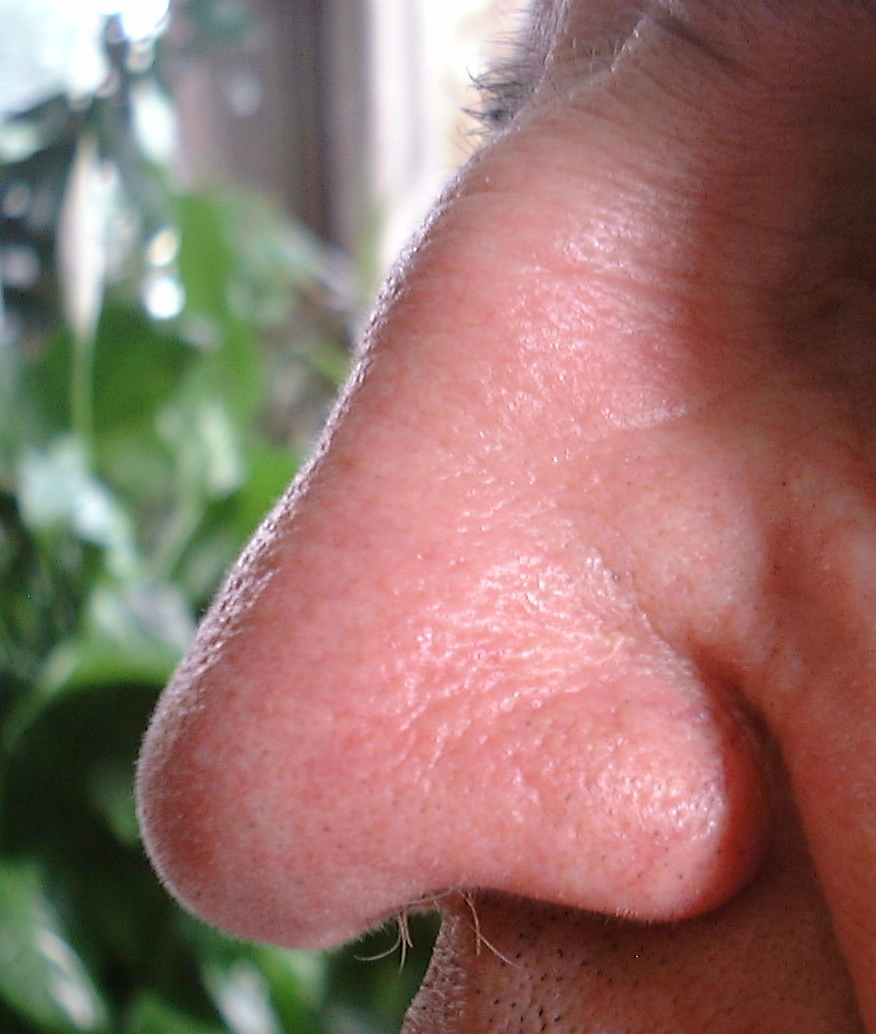 They say that rose by any other name would smell as sweet, but what is it that makes us think a rose smell's so nice, but Dr Chris' feet smell so bad? Until now, scientists have known relatively little about how smelly molecules, known as odorant molecules, are recognised by the receptors in our noses, and that information interpreted by our brains as smells. But new research by Harumi Saito, published in the journal Science Signaling this week, could shed some light on this mystery.
They say that rose by any other name would smell as sweet, but what is it that makes us think a rose smell's so nice, but Dr Chris' feet smell so bad? Until now, scientists have known relatively little about how smelly molecules, known as odorant molecules, are recognised by the receptors in our noses, and that information interpreted by our brains as smells. But new research by Harumi Saito, published in the journal Science Signaling this week, could shed some light on this mystery.
Our sense of smell is an amazing thing. Our noses have around 1400 different olfactory receptors, each of which can pick up a different smelly molecule. This then sends a signal to the brain, which gets interpreted as a smell. But we only know of around 50 of those smelly molecules, which somewhat limits our understanding of how the whole system works.
The scientists used a technique called high-throughput screening, which allows them to carry out many experiments in a short time, which allowed them to test 93 different odorants - smelly molecules - against a panel of 464 different olfactory receptors - over 200 from mice and nearly 250 from humans. They picked up 52 specific odorants that activate mouse receptors, while the screen pulled out ten odorants that activate specific human receptors. So this has effectively more than doubled what we know about the specific molecules that interact with smell receptors.
Here's where it gets clever. The scientists used the knowledge from their screen to develop a computer model that could predict what kind of odorant molecules might interact with different olfactory receptors, based on their gene sequence.
So it should be possible now to look at a whole range of smelly chemicals, and try to predict which olfactory receptors they might bind to. This will greatly speed up the process of research in this area, as it will give scientists firmer leads to follow, rather than just taking shots in the dark.










Comments
Add a comment